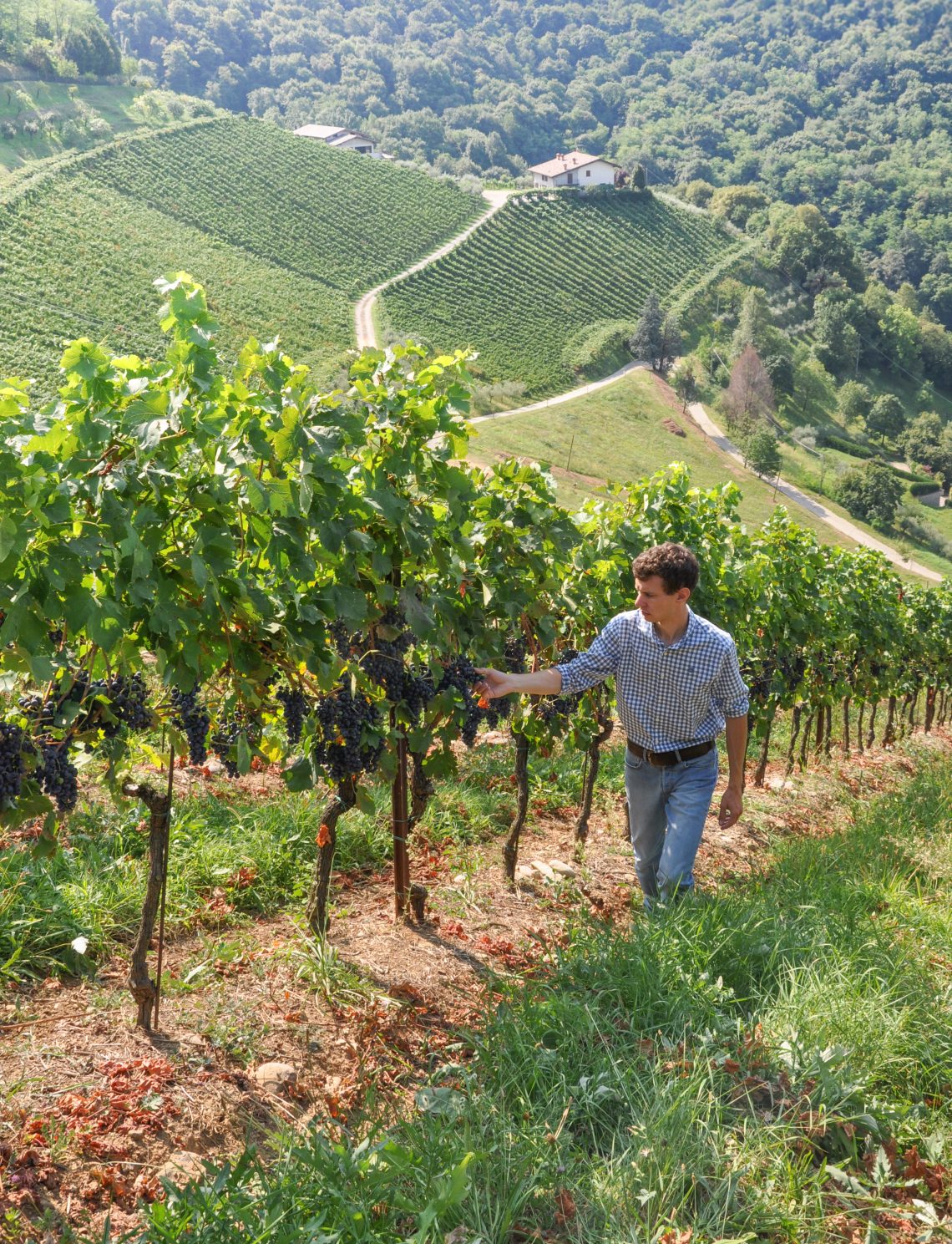The Wolf Post, supported by a Cultural Association, offers a professional service with free access, without subscription.
For this reason, a donation would also be a sign of appreciation for our work.
The cellar is the beating heart of the company where the manual skills of the operators and the knowledge of the winemaker merge. Of course, today, technology is an indispensable element which, however, according to some, has taken poetry away from a work that is lost in the mists of time.
We ask the oenologist Gabriele Valota for his opinion on the matter.
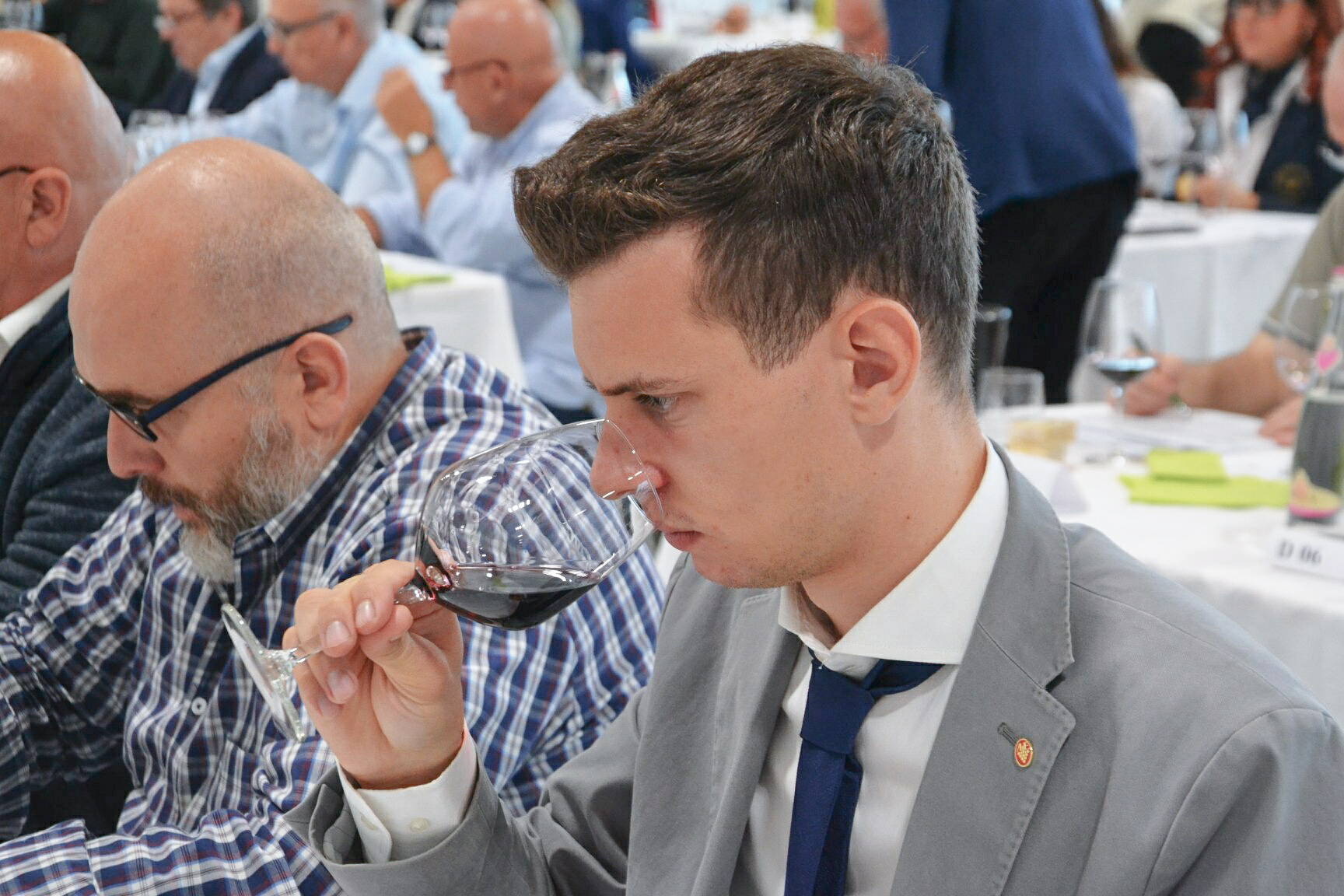
© Gabriele Valota Enologo
What is your opinion on the statement: “Wine is no longer made in the vineyard, but only in the cellar”? A cliché sentence or does it hide a grain of truth?
The truth lies somewhere in between. Wine is not made ONLY in the vineyard and it is not made ONLY in the cellar. With excellent grapes in the cellar it is sufficient to control the winemaking process without major interventions by the winemaker.
With grapes that are not fully ripe or damaged by hail or wildlife, the role of the oenologist becomes essential in trying to recover part of the enological potential lost in the vineyard.
On the other hand, the case of “special wines” (sparkling, passito, fortified) is different because grapes and wine undergo more complex transformation processes that make the intervention and sensitivity of the winemaker even more essential.
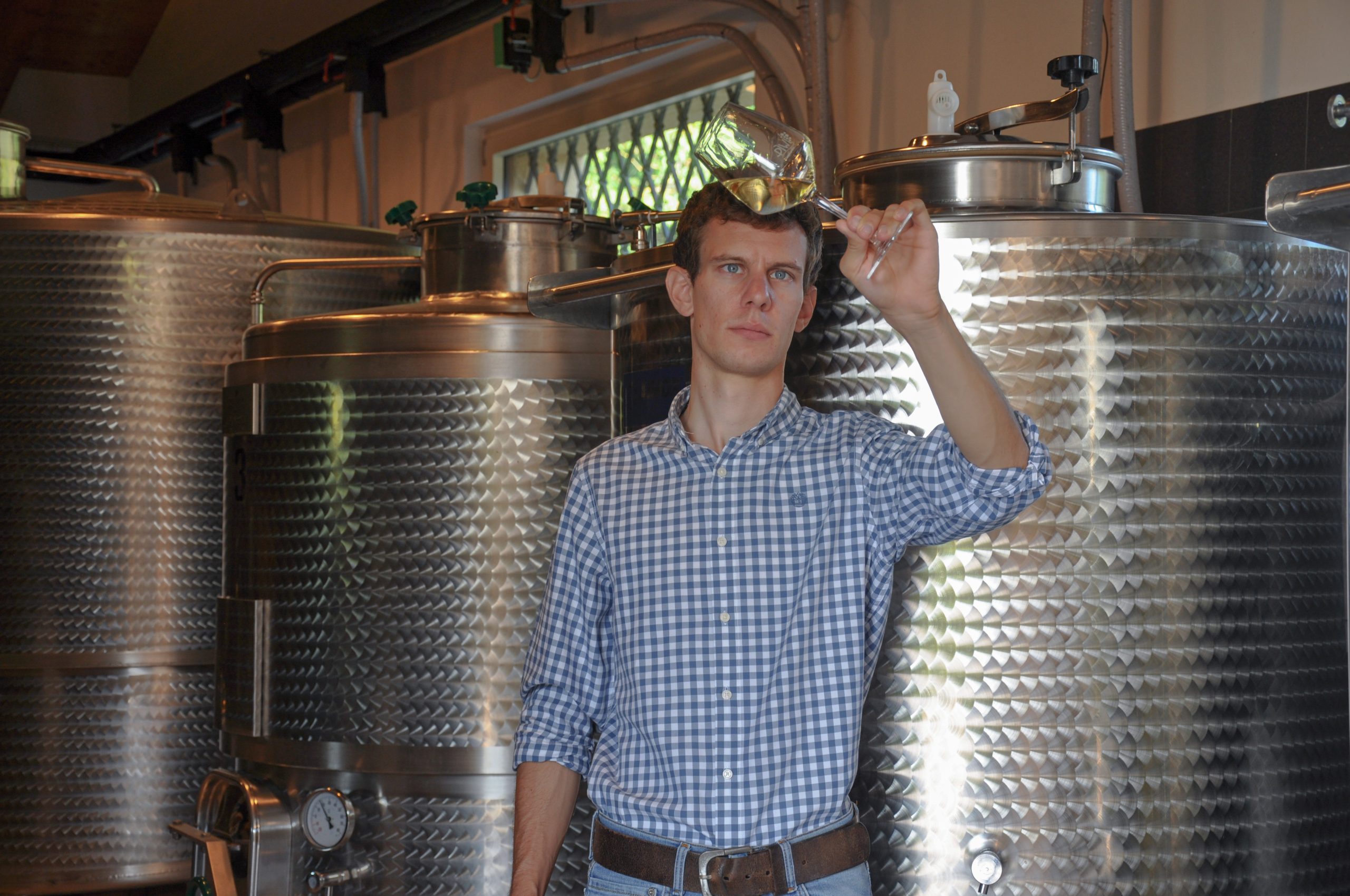
© Gabriele Valota Enologo
How much has technology in the cellar improved and how depersonalized the work of the winemaker?
I think that the technology in the cellar has mainly improved the physical work of the employees and has increased the level of precision of the wine analysis and monitoring tools.
The work of the oenologist is by no means depersonalized, on the contrary, the oenologist masters and takes advantage of the technology and the time it is able to save, to devote himself more to supervising the production process.
According to your experience, which technological tool today is impossible to give up?
I would never give up on a good refrigeration system. Temperature management has a strong impact on the final quality of the wine.
Only thanks to this type of technology can we:
– preserve or enhance some types of aromas in wines;
– control yeasts and bacteria with greater confidence in microbiological processes;
– inactivate or reduce the activity of enzymes responsible for oxidation of musts and wines;
– improve the conservation of wines over time;
– stabilize pre-bottling wines.
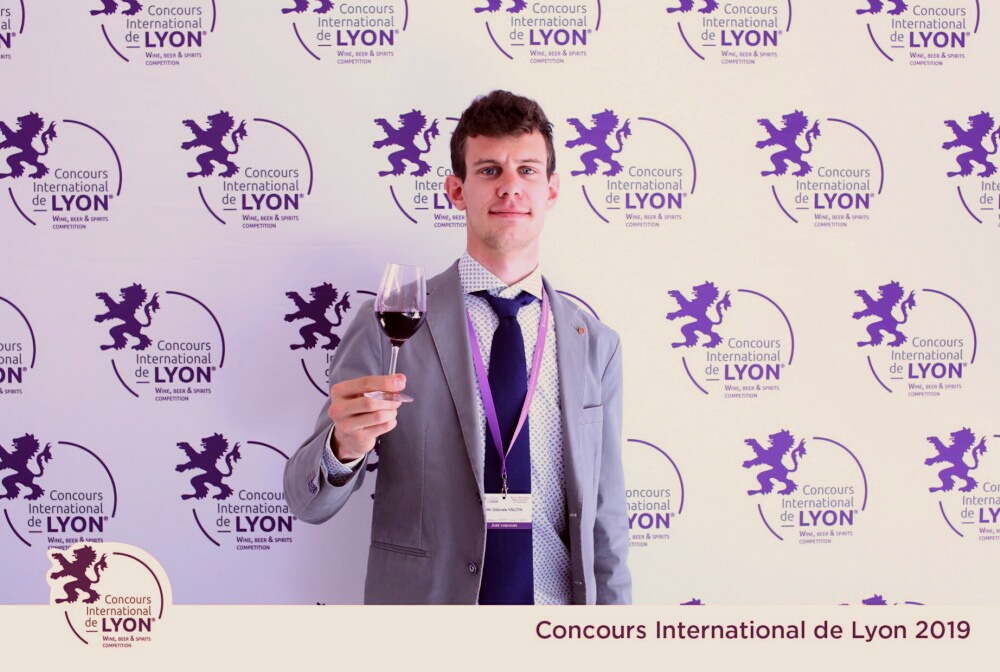
© Gabriele Valota Enologo
What are the main criticalities of a winery and what is your modus operandi to solve them?
The criticalities of a winery are many and can range from logistics to human resources. However, the first thing I ask when I visit a new winery is how the equipment and the wine vessels are cleaned. The main defects of wines are due to microbiological alterations, consequently the main criticalities of a winery are strongly linked to its hygiene.
The only way to prevent and remedy them is to scrupulously follow a correct washing and sanitizing protocol for all equipment and all areas of the cellar.
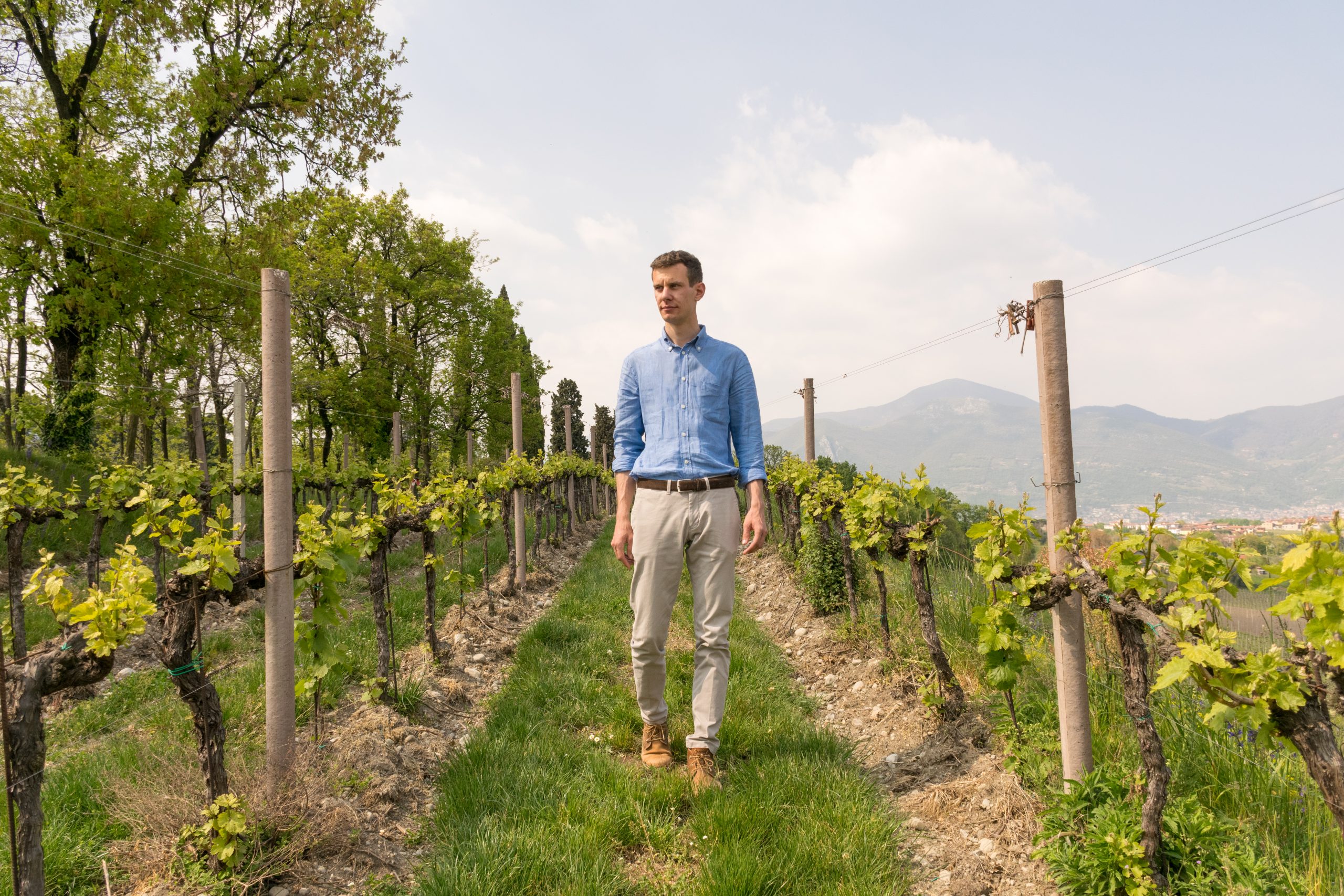
© Gabriele Valota Enologo
In your imagination, how should your ideal cellar be structured? Did you manage to find it in any company?
I haven’t found the perfect winery yet but I have visited and worked in several ideal wineries.
My ideal cellar must fit harmoniously into its landscape context and must combine aesthetics, design, sustainability and pragmatism.
It must be designed and built with techniques and materials capable of reducing the environmental impact and maximizing energy savings.
It must take into account the production needs and must be technologically well set up. The spaces must be correctly sized and organized to accommodate both the production processes and the hospitality and wine tourism activities.


